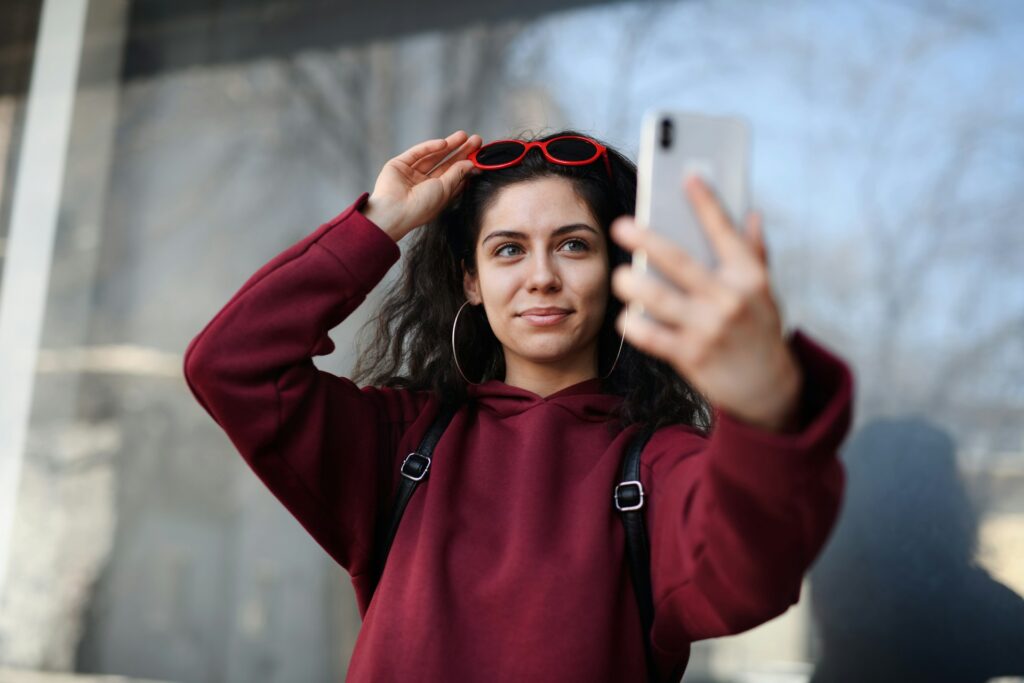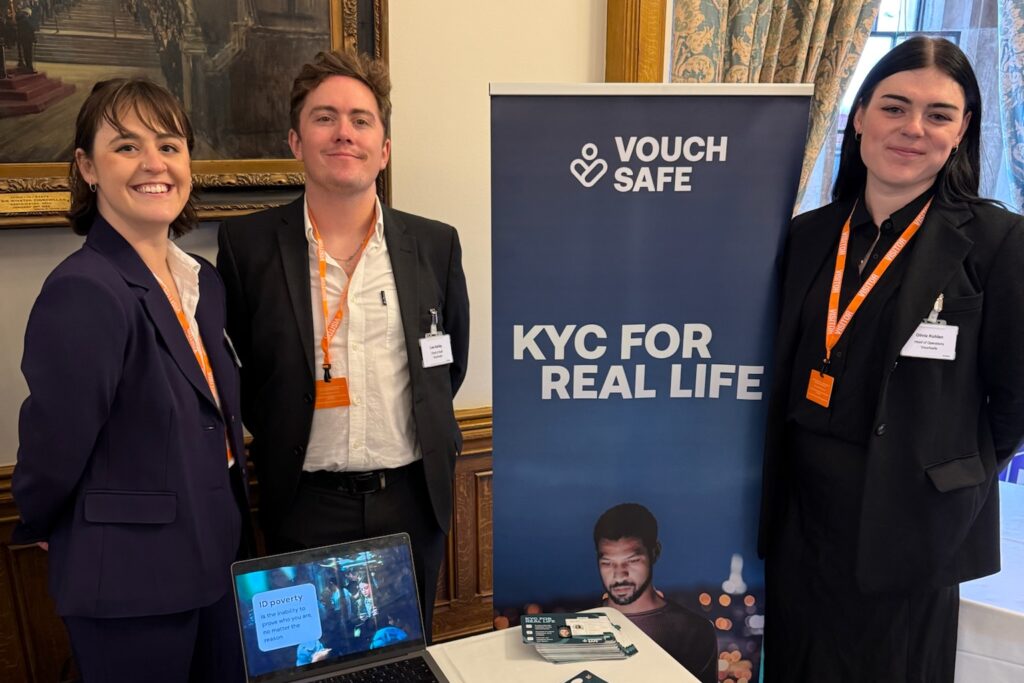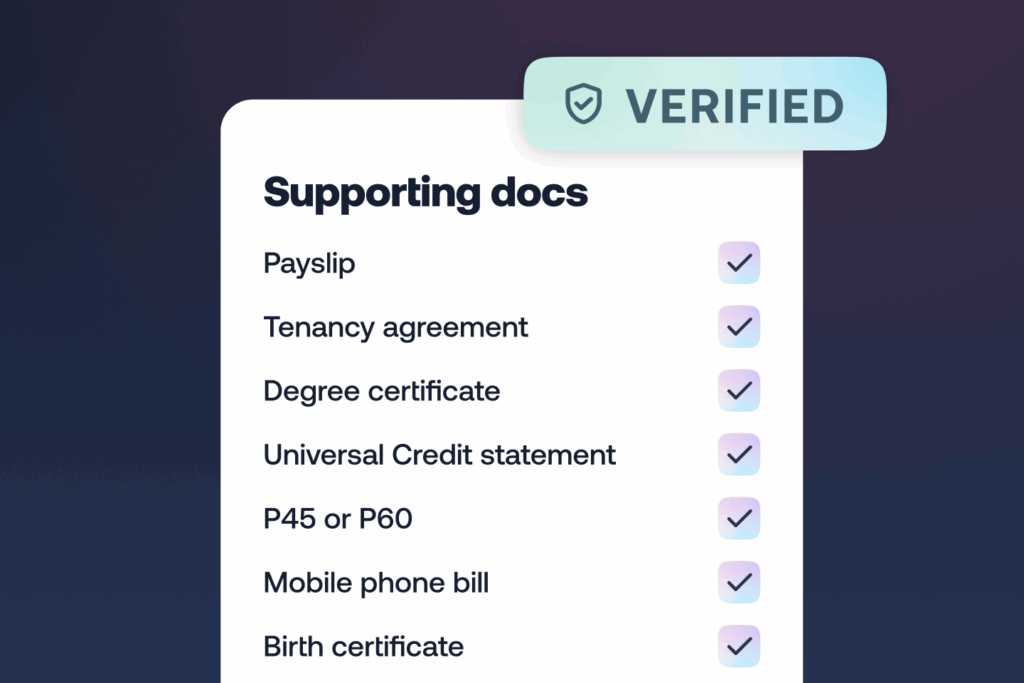Flexible KYC is the missing lever financial inclusion needs

Yesterday I was in the Houses of Parliament with the Payments Association and a room full of people who are pushing for financial inclusion.
These are my favourite types of events, because I get to be surrounded by people who aren’t just talking about a problem, but putting all their effort into solving it. It’s always exciting and inspiring. I’d go as far as to say it’s intoxicating.
Since Project Nemo’s launch event in December last year, thinking about the number of people talking about a problem vs doing something about it has really become the way I evaluate these kinds of things. And like every Project Nemo event, the Payments Association’s one yesterday was full to the brim of people doing something about it.
From un-banked to under-banked
Although the need for financial inclusion is still vital, and the state of things often quite dire, it would be unfair to say there hasn’t been progress. The FCA’s latest Financial Lives data shows the number of unbanked adults fell to about 900,000 in 2024, down from 1.1 million in 2022. More people are banked, but we’ve not finished the job.
Even for those with a bank account, being “underbanked” is still a problem. You might be able to get access to a basic account, but that’s not everything you need.
Trust and documentation remain sticking points for many, and if you have specific accessibility needs the journey is often harder still. But, this isn’t going ignored. The FCA expects firms to deliver good outcomes for all customers, including those in vulnerable circumstances, as part of the Consumer Duty.
How traditional KYC trips people up
Most remote onboarding flows use a passport or a driving licence, a face match and a liveness check. It works well for many, but not for everyone.
There are other options that are being used out there, for example, there’s a GOV.UK One Login route that uses document scanning and face checks alongside non-biometric options, but this can still be at best, a faff, and at worst, completely inaccessible.
It all stems from why a piece of tech or product is built, and most will take the path of least resistance. Consider liveness checks, where you scan your face as part of an identity check. Part of the judgement call they make is based on the “average human face” (a terrifying concept).
They’re not built for real life. One impact of that design decision is that facial differences report being misrecognised or not recognised at all, which can lock them out of vital services.
It is literally exclusion by design. Different life circumstances will result in different barriers. For many people, holding a phone steady is hard or even impossible, so it’s no surprise that many mainstream approaches remain difficult for disabled users.

What KYC for real life looks like
Flexible KYC means you can prove the same facts in more than one safe way. It reduces drop-off for people who face the highest barriers while keeping controls strong.
It means:
- Accepting a wider range of identity documentation. Use technology that can validate foreign, rare or non-standard documents by combining them with new anti-fraud checks. Accept the long tail of photo ID beyond a passport or driving licence (like proof of age cards), as well as the growing digital proofs out there (like eVisas).
- Provide inclusive fallbacks. Build routes that do not depend on a video selfie. For over a year now Vouchsafe has been providing a compliant alternative to regulated firms involving a trusted referee, who can be a support worker, care provider, or just a friend or relative. If facial biometrics are truly needed, support passive methods that work better for people with motor disabilities.
- Offer wrap-around support. Let prospective customers speak to someone who can help during onboarding, and don’t force them to start over if they get something wrong.
This is how we cut exclusions created by old, rigid processes and make compliance work for everyone.
What Project Nemo is teaching the industry
Project Nemo’s new Safe Spending report puts a harsh spotlight on where banking still fails adults with a learning disability. It is a dual-audience world of users and supporters, and the numbers are pretty sobering:
- around 1.5 million people in the UK have a learning disability
- 61 percent say banks do not always do enough to meet their needs
- 32 percent do not have a bank account in their own name
- 38 percent need help all the time with everyday spending, and 91 percent need help with decisions to navigate daily life safely
Nemo also describes other practical product features that pair perfectly with flexible KYC: spend limits and real-time alerts, plus calmer app interfaces and personalisation. These kinds of features deserve to become the new baseline, as they can help reduce risky workarounds like password sharing.
They are baseline needs that reduce risky workarounds like password sharing.
Some concrete steps for policy, product and operations
For regulators and policymakers
Build on the “risk based approach” and encourage multiple verification pathways explicitly in market guidance. Bake accessibility and assisted routes into expectations for remote identity proofing. The direction of travel in standards is clear on providing alternatives when biometrics exclude.
For banks and fintechs
Publish the options you accept and design flows that make choice obvious. Offer assisted journeys and specialist support. Test video selfies UX with people who have facial differences, motor disabilities and sight loss, and fix what fails them. This is straightforward alignment with the Consumer Duty and vulnerable customer guidance.
From Parliament to practice
The chat in Westminster yesterday was about doing, not just discussing.
Flexible KYC does not mean weaker controls. It means controls that work for everyone, including people for whom a video selfie is not realistic.
If you want to widen the identity evidence you accept, or you want an accessibility review of your liveness journey, talk to us.
And if you are building for the learning disability community, spend time with Project Nemo’s findings and co-design with people who live this every day. That is how we turn inclusion from a value into a result.
Want a second pair of eyes on your video selfie or KYC flow? Send it to chloe@vouchsafe.id for a review.



